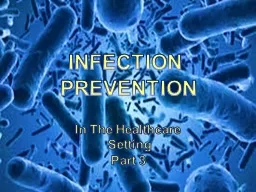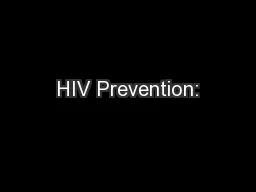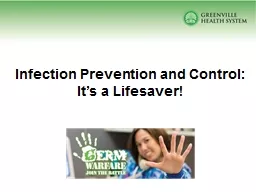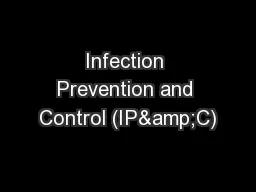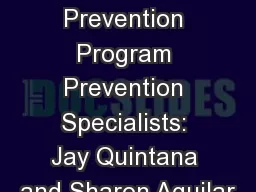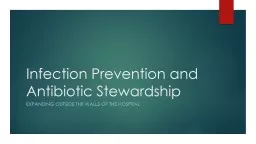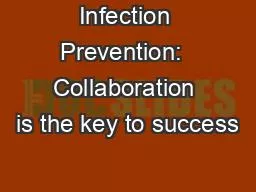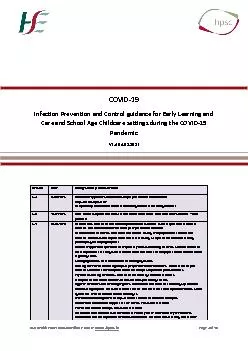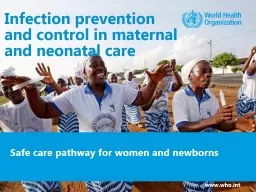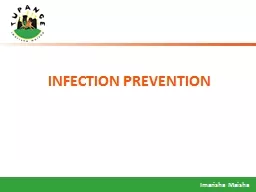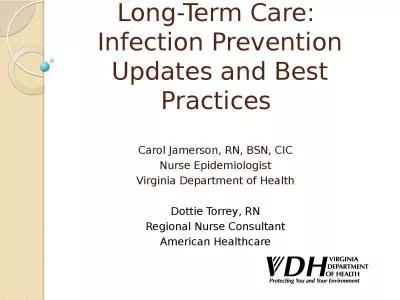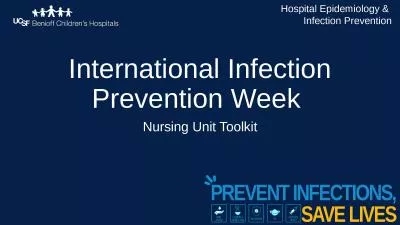PPT-INFECTION PREVENTION In The
Author : yoshiko-marsland | Published Date : 2020-04-02
Healthcare Setting Part 3 2 Transmission Based Precautions Direct or indirect contact with skin or mucous membranes Contact Precautions CONTACT ISOLATION
Presentation Embed Code
Download Presentation
Download Presentation The PPT/PDF document " INFECTION PREVENTION In The " is the property of its rightful owner. Permission is granted to download and print the materials on this website for personal, non-commercial use only, and to display it on your personal computer provided you do not modify the materials and that you retain all copyright notices contained in the materials. By downloading content from our website, you accept the terms of this agreement.
INFECTION PREVENTION In The : Transcript
Download Rules Of Document
" INFECTION PREVENTION In The "The content belongs to its owner. You may download and print it for personal use, without modification, and keep all copyright notices. By downloading, you agree to these terms.
Related Documents

